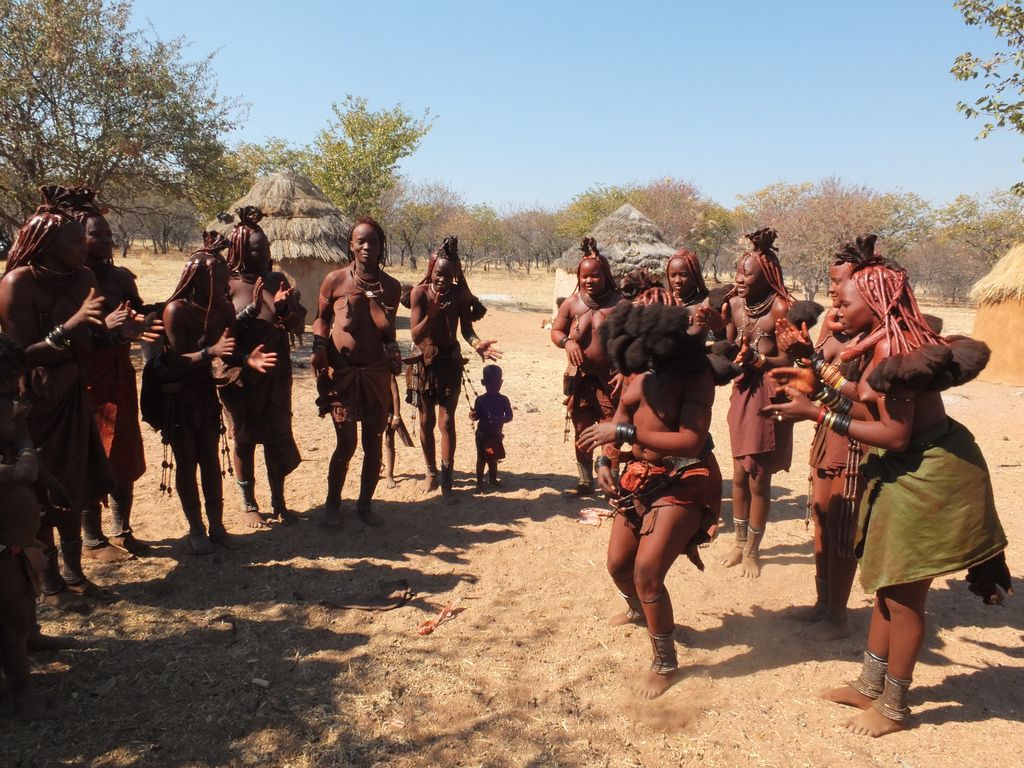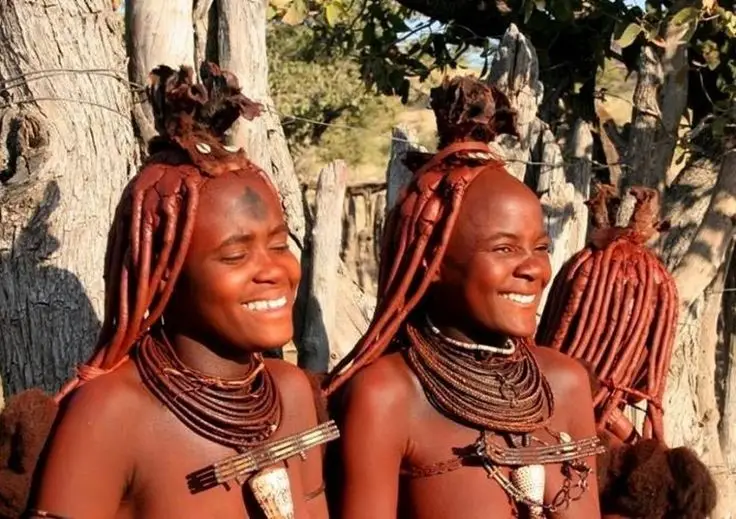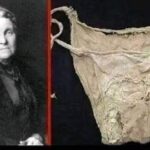The Himba people of Namibia are a remarkable example of a community that has steadfastly preserved its ancient culture amidst the encroachments of modernity. Nestled primarily in the northwestern regions of Namibia, especially around the towns of Outjo and Opuwo, the Himba have managed to retain their distinctive way of life despite the sweeping changes brought by globalization and technological advancements.
The Resilient Himba People’s Culture

The Himba are one of the few remaining groups in Africa who maintain their traditional lifestyle. They are semi-nomadic pastoralists, renowned for their rich cultural heritage, which includes intricate hairstyles, traditional attire, and unique body adornments. Central to their cultural identity is the use of otjize, a red ochre paste that women apply to their skin and hair. This mixture, made from butterfat and ochre, not only serves as a beauty enhancer but also protects them from the harsh desert climate.
The Himba culture is deeply rooted in tradition and has managed to preserve its unique way of life amidst modern influences. As semi-nomadic pastoralists, the Himba people rely on traditional practices for their livelihood, maintaining a harmonious relationship with the land and their livestock. Central to their cultural identity is the use of otjize, a red ochre paste that symbolizes beauty, protection, and cultural significance. This intricate body adornment, along with their traditional attire and hairstyles, reflects the Himba people’s strong connection to their heritage and environment. Their rich cultural heritage, including their unique aesthetic practices, serves as a testament to their resilience and determination to uphold their traditions in the face of societal changes and external pressures.
The Himba’s use of otjize also serves as a symbol of their resilience and adaptability in the harsh desert climate. The mixture, made from butterfat and ochre, not only enhances their beauty but also acts as a natural sunscreen, protecting their skin from the intense sun and dry winds of the desert. This practical application of otjize reflects the resourcefulness of the Himba people, who have developed ingenious ways to thrive in their challenging environment. The Himba’s commitment to their cultural practices, including the use of otjize, highlights the significance of tradition in shaping their identity and ensuring their survival in an ever-changing world.
Education and Tradition
In contemporary Namibia, Himba children and young adults are increasingly engaging with the formal education system. Himba girls don school uniforms during their educational pursuits, seamlessly blending into the academic environment. However, upon returning home, they revert to their traditional attire and red ointment, reaffirming their cultural identity.Similarly, Himba students attending universities adopt modern clothing while on campus. Yet, at the end of each semester, they return to their roots, donning traditional garments and reconnecting with their heritage. This duality underscores the Himba’s adaptability and their commitment to preserving their cultural practices.
Professional Life and Cultural Identity
The cultural adherence extends beyond education into the professional realms. Himba professionals, including nurses, teachers, and doctors, often wear modern attire in their workplaces. However, outside their professional duties, they proudly wear their traditional Himba clothing. This practice highlights a profound sense of pride and continuity in their cultural traditions.
Historical Context
The Himba people have a storied history dating back several centuries. Originally part of the Herero tribe, they migrated to present-day Namibia and Angola in the early 16th century. Over time, they developed a distinct cultural identity, shaped by their adaptation to the arid environment of the Kaokoland region.Their resilience was notably tested during the late 19th and early 20th centuries when German colonial forces waged a brutal campaign against the Herero and Himba people. Despite these adversities, the Himba endured, preserving their traditions and way of life.
Cultural Practices and Social Structure
The Himba are known for their elaborate hairstyles, which vary according to age, gender, and social status. Women’s hairstyles, often adorned with otjize, signify different life stages, such as puberty, marriage, and motherhood. Men typically wear their hair in a single plait if they are unmarried, and cover their heads with a cloth after marriage.Their social structure is organized around extended families and clans, with each clan led by a chief or headman. Livestock, particularly cattle and goats, play a crucial role in their economy and social status. The Himba’s pastoral lifestyle is deeply interwoven with their cultural and spiritual beliefs, emphasizing the harmony between their way of life and the environment.
Conclusion
The Himba people of Namibia offer a compelling narrative of cultural preservation in the face of modern influences. Their ability to navigate the demands of contemporary life while remaining rooted in their traditions is a testament to their resilience and cultural pride. As Namibia continues to develop, the Himba serve as a vibrant reminder of the rich tapestry of human heritage and the importance of preserving it for future generations.


